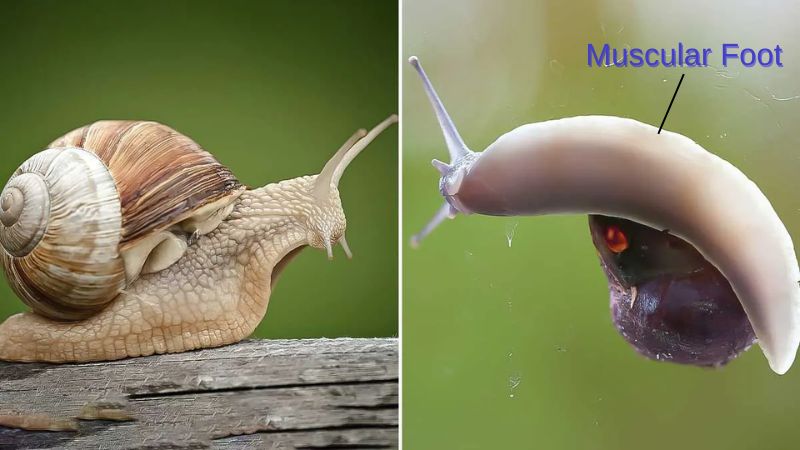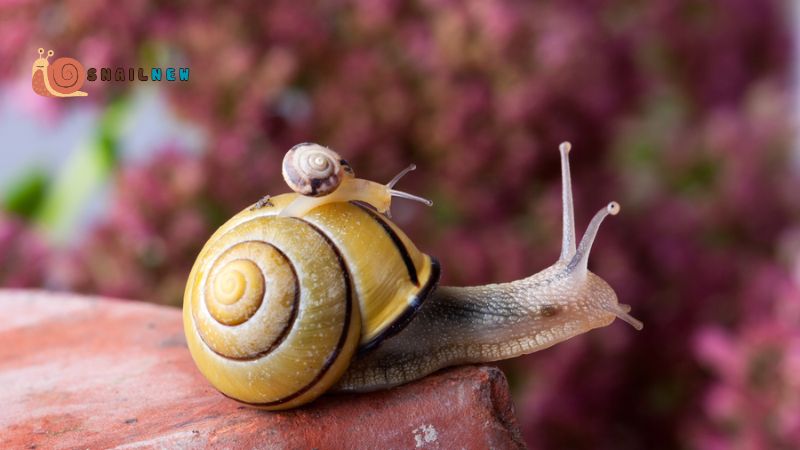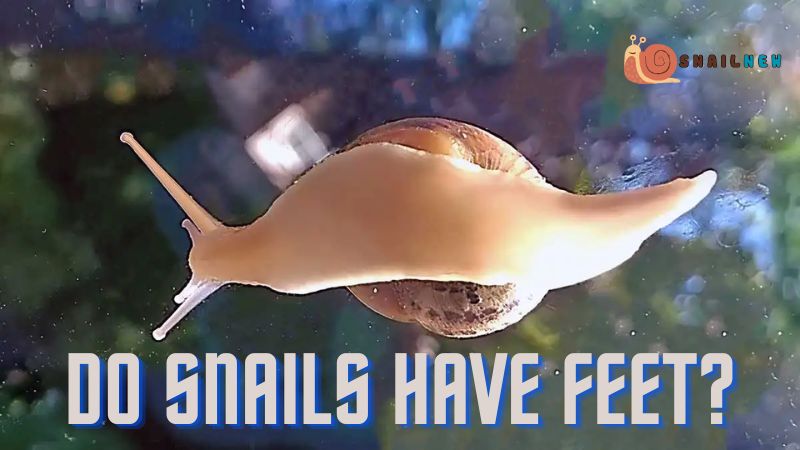The enigmatic realm of snail biology beckons us to embark on a journey of discovery, where we unravel the mysteries of their intricate anatomy. Among the myriad inquiries that arise, one recurrent query stands out: “do snails have feet?” This exploration from Snailnew aims to delve into the depths of snail morphology, shedding light on the presence and function of their unique locomotive structures.
Table of Contents
ToggleUnderstanding Snail Morphology:
To unravel the intricacies of snail anatomy, we must first acquaint ourselves with their basic structure. Snails, belonging to the class Gastropoda, boast a soft-bodied constitution ensconced within a spiraled shell. At the forefront of their anatomical composition lies a conspicuous muscular organ known as the foot. But amidst the inquiry of snail anatomy, one persists: “Do snails have feet or Do snails harbor pedal appendages reminiscent of limbs?”
Do Snails Have Feet?
Deciphering the Pedal Mystique:

Indeed, within the realm of gastropod anatomy, the presence of pedal appendages emerges as a subject of intrigue. While snails lack the traditional limbs characteristic of terrestrial vertebrates, their locomotion is facilitated by the muscular foot—a multifaceted organ with remarkable adaptive properties. So, do snails truly possess pedal appendages? Let us embark on a journey through their anatomical landscape to uncover the veracity of this query.
The Multifunctional Muscular Foot:
Within the annals of gastropod anatomy, the muscular foot reigns supreme as a quintessential organ of locomotion. This prodigious structure spans the ventral surface of the snail’s body, serving as the primary driver of its movement. Through orchestrated contractions, the foot generates propulsive forces, enabling the snail to traverse its surroundings with grace and efficacy. Thus, when pondering the existence of pedal appendages, one must acknowledge the indispensability of the muscular foot in the locomotive repertoire of snails.

Secretions of Slime: A Slippery Solution:
Central to the functionality of the snail’s foot is the secretion of mucus—a viscoelastic substance endowed with multifaceted properties. This exuded slime serves as a lubricating medium, reducing frictional forces and facilitating seamless locomotion across various substrates. Moreover, it confers hydration to the foot, ensuring optimal physiological conditions for locomotive endeavors. Thus, within the discourse of pedal appendages, the role of mucus secretion emerges as a pivotal aspect of snail locomotion.
Adaptations for Ecological Success:
In the evolutionary saga of snails, adaptations abound, each intricately tailored to ensure ecological success across diverse habitats. The muscular foot, with its unparalleled locomotive prowess, stands as a testament to the adaptive ingenuity of gastropods. Whether navigating verdant forests or scaling rugged terrains, snails deploy their pedal appendages with finesse and precision. Thus, when contemplating the saga of snail evolution, one must marvel at the adaptive triumph embodied by their muscular feet.
Diversity Amidst Unity:
The presence of pedal appendages stands as a defining characteristic of gastropod anatomy, yet the intricacies and adaptations across various snail species offer a rich tapestry of diversity. From robust and muscular feet adept at navigating rugged terrains to delicate appendages tailored for specialized locomotive tasks, snails showcase a spectrum of pedal morphology. However, amidst this diversity, the fundamental functionality of the foot remains consistent, serving as a testament to the underlying unity within the realm of snail anatomy despite the myriad adaptations observed across different species.

Ecosystem Dynamics:
Beyond their captivating anatomy, snails play pivotal roles within ecosystems, serving as agents of nutrient cycling and biodiversity maintenance. As herbivores, they contribute to the ecological tapestry by consuming plant matter and shaping vegetative communities. Additionally, they serve as prey for various predators, forming integral links within complex food webs. Thus, when contemplating the ecological significance of snails, one must consider not only the intricacies of their anatomy but also their broader ecological contributions.
Cultural Reverence and Scientific Inquiry:
Throughout human history, snails have evoked a sense of fascination and intrigue, inspiring artistic expression, culinary exploration, and scientific inquiry. From ancient mythologies to modern-day scientific endeavors, snails have left an indelible mark on human culture. Moreover, their unique anatomical features continue to captivate the imagination of scientists and enthusiasts alike, driving ongoing research and exploration. Thus, when pondering the enigma of snail anatomy, one must acknowledge the profound cultural and scientific reverberations elicited by these remarkable creatures.
Conclusion:
In conclusion, the anatomical landscape of snails beckons us into a realm of wonder and discovery, where the mysteries of pedal appendages and locomotive prowess unfold before our eyes. While snails lack traditional limbs, their muscular foot stands as a testament to the adaptive ingenuity of gastropods. So, the next time you contemplate the query, “do snails have feet?” immerse yourself in the saga of snail evolution and marvel at the multifaceted wonders of their anatomical architecture. Snails, with their captivating biology and ecological significance, continue to enthrall both scientists and enthusiasts alike, beckoning us to unravel the secrets of their enigmatic realm.
Related Posts:
- Do Snails Shed Their Shells? The Truth About Snail Shells
- The Remarkable Adaptations of the Snail Without a Shell
- Exploring the Spiritual Meaning Snail: Embracing…
- Exploring the Aquatic Realm: Can Snails Breathe Underwater?
- Understanding the Fascinating Snail Life Cycle: A…
- Do Snails Have Hearts? Unveiling the Intricacies of…


